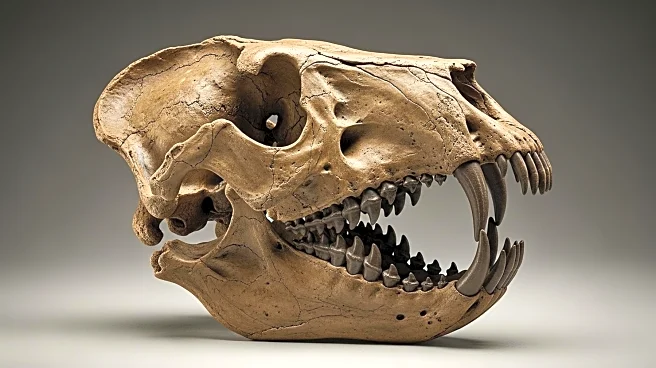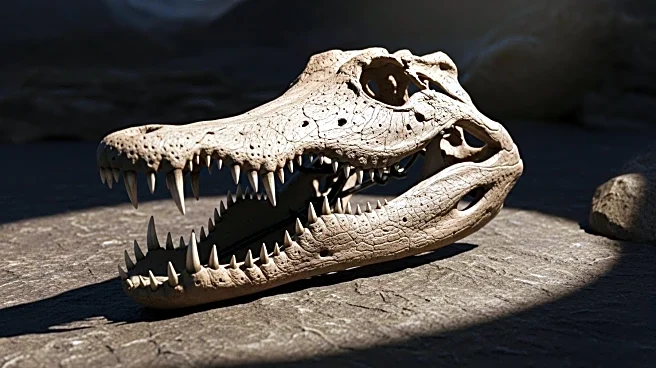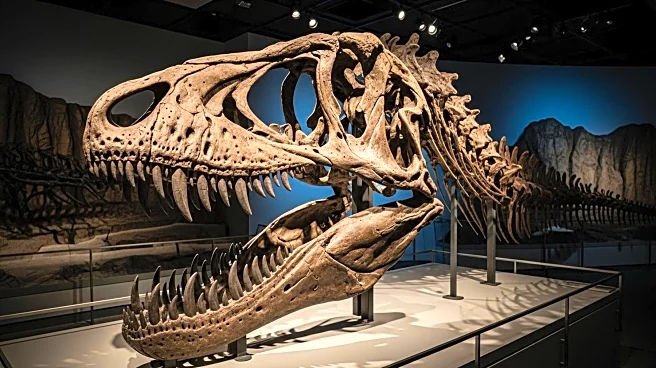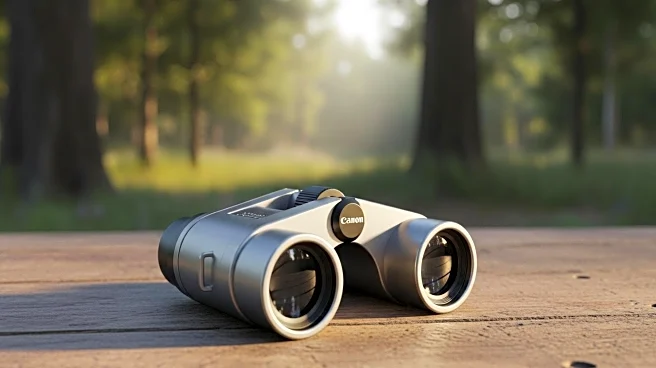Rapid Read • 7 min read
A fossilized dragonfly wing from the Cretaceous period has been discovered in Alberta, Canada, marking the first such find in the region's dinosaur-era rock layers. The fossil, identified as a new species named Cordualadensa acorni, was unearthed by a McGill University research team. This discovery helps bridge a 30-million-year gap in the evolutionary record of dragonflies and adds to the fossil record of the Dinosaur Park Formation, a site known for its abundance of dinosaur remains.
AD
This discovery is significant as it provides new insights into the diversity of insect life during the Cretaceous period and helps fill a major gap in the evolutionary history of dragonflies. It also highlights the potential for further discoveries in the Dinosaur Park Formation, which could enhance our understanding of the ecological dynamics of the time. The find underscores the importance of paleontological research in uncovering the history of life on Earth and contributes to our knowledge of ancient ecosystems.
Researchers may continue to explore the Dinosaur Park Formation for more insect fossils, using the new methods that led to this discovery. Further studies could provide additional insights into the evolutionary history of dragonflies and other insects from this period. The findings may also inform conservation efforts by highlighting the historical biodiversity of the region.
The discovery emphasizes the importance of interdisciplinary research in paleontology, combining fieldwork with advanced analytical techniques to uncover new species. It also highlights the role of student involvement in significant scientific discoveries, showcasing the value of educational programs in advancing scientific knowledge.
AD
More Stories You Might Enjoy











